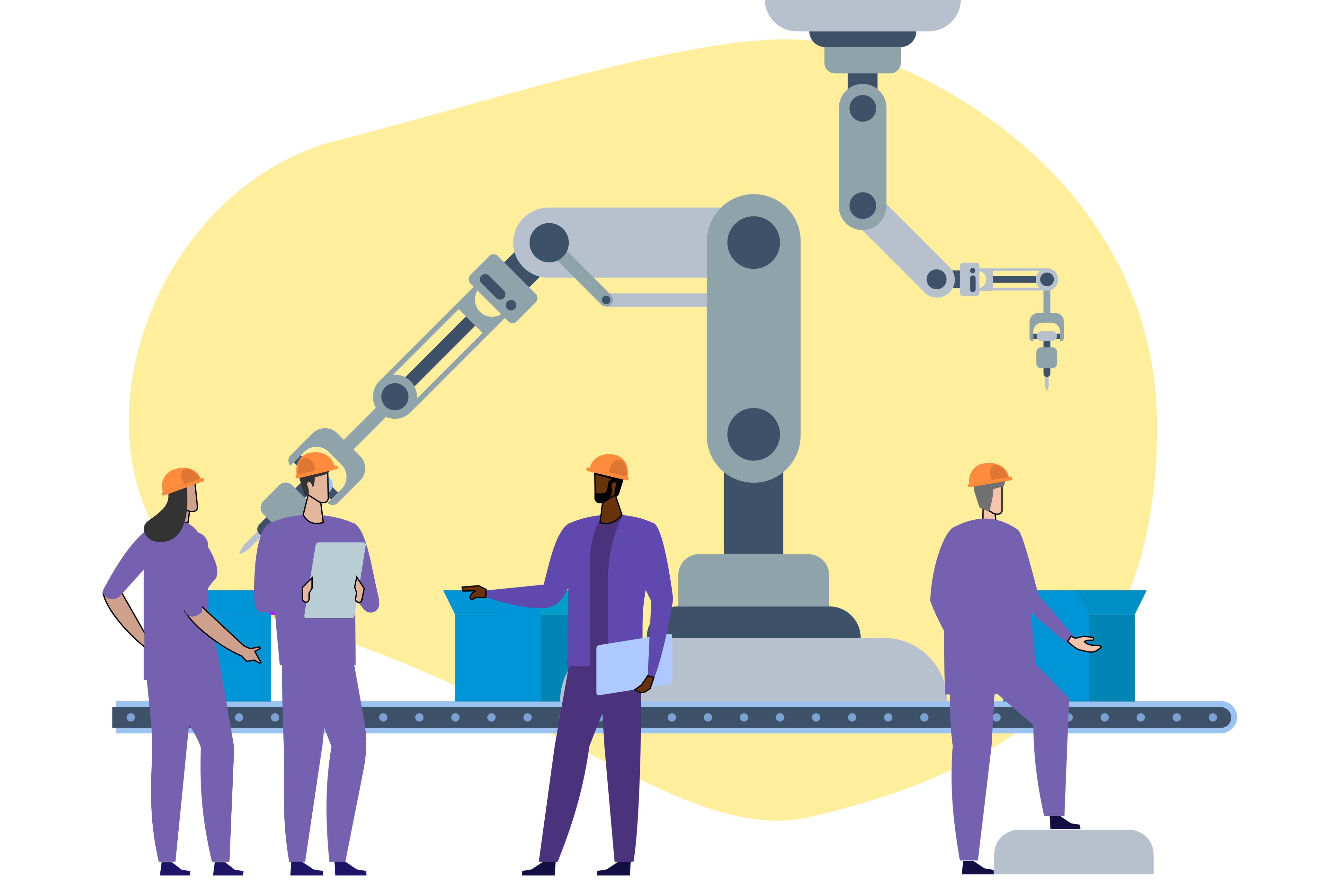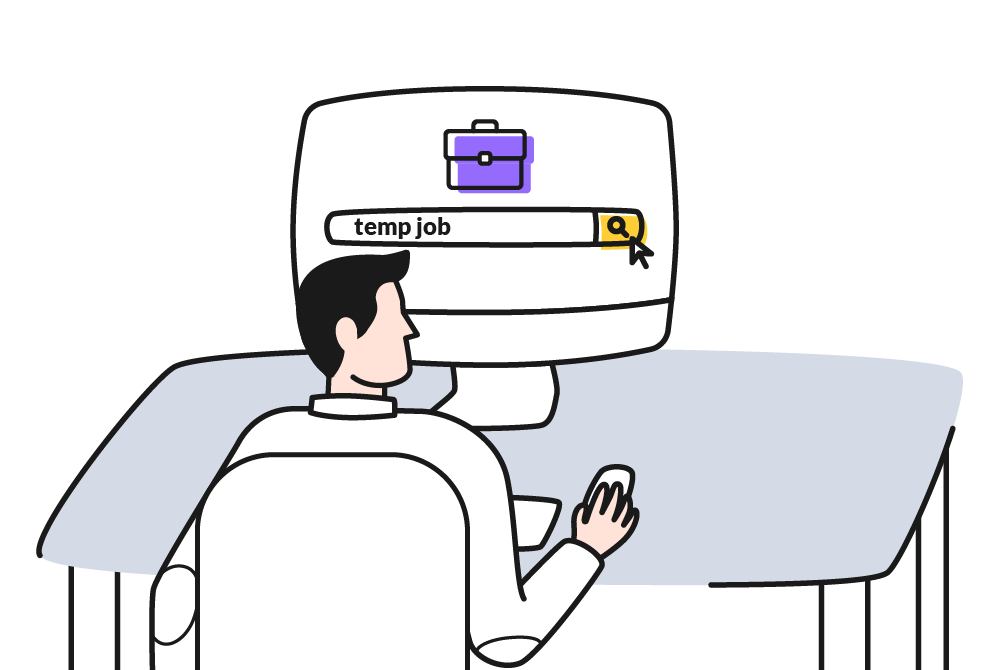Additive manufacturing, which you might know as 3D printing, is an innovative approach to industrial production. When put into practice, additive manufacturing results in the construction of stronger, yet lighter parts and systems.
In recent years, additive manufacturing has been used in communications, engineering, architecture, and imaging. Even though additive manufacturing has been around for several decades, it’s only in recent years that there has been a surge in popularity.
How Does Additive Manufacturing Work?
By using computer-aided-design (CAD) software, additive manufacturing can direct machinery to put down material layer by layer. Eventually, it creates geometric shapes. Instead of traditional methods, additive manufacturing does not need to remove material through milling, machining, carving, shaping, etc.
Here are the basics of the process:
- Objects are defined using CAD, which “slices” the object into thin layers
- The design and printer are oriented
- A laser or electron beam melts in a bed of powdered material
- As the materials cool, they fuse
Making prototypes and manufacturing used to be incredibly time-consuming. Teams used to have to create molds or dies, which cost them both time and money. With additive manufacturing, businesses can quickly create objects without sacrificing a lot of money.
Why Is Additive Manufacturing Popular Right Now?
Additive manufacturing has grown a lot in the past few years. Many industries find it helpful when producing prototypes because of its quick manufacturing. It’s considered a disruptive technology, meaning it has the potential to transform the processes of production greatly. Even though it has been around for quite some time now, its potential is so great that capabilities are still being developed.
Groundbreaking advancements include:
- Medicine and BioPrinting
- Beak replacement for an injured bald eagle
- Cars
- Homes
- 3D-printed food for the Mars Expedition
What Type of Education Do You Need for Additive Manufacturing?
Given that the industry is diverse, helpful to multiple fields, and requires many skill sets, there isn’t just one typical education required to work in additive manufacturing. In addition, there are not yet accreditations for 3D printing. Industry professionals tend to value experiences and skills with 3D software above a standard education for those reasons.
That being said, there are a few educational backgrounds that are finding success in this industry:
- Animation and design. A background in 3D animation proves that you know the modeling concepts and software needed for additive manufacturing.
- Software development. Programmers can develop cross-platform software, more features, and better interfaces to make additive manufacturing more intuitive.
- Engineering. Mechanical, software, and industrial engineers are all needed for additive manufacturing.
- Biomedical technology. Medical researchers are trying to create organic models and hopefully improve health care treatments.
Additive Manufacturing Job Opportunities
As additive manufacturing is on the rise, so is the demand for skilled professionals. In fact, 3D printing is a game-changer, merging software, hardware, and materials expertise into one industry. Since it is so diverse, so are the skills of those working in additive manufacturing. In this section, we’ll break down some of the job opportunities in this industry.
Software Developer
Software developers can work on 3D printer software development, systems automation, computational design, and hardware/software integration. Typically, an understanding of the CAD software will help candidates stand out. A degree of knowledge in machine code is also a plus. In addition to software developers, web developers are sought after in this field. Now that cloud-based 3D printing solutions are becoming more and more popular, so is the need for web developers.
Other roles in additive manufacturing include:
- API integration
- Software testing and debugging
- UI/UX design
Mechanical Engineer
The additive manufacturing industry is a booming field for mechanical engineers. This is because of the wide variety of skills that mechanical engineers possess, which are incredibly helpful in 3D printing. All in all, mechanical engineers thrive in this industry because of their problem-solving skills, technical expertise, and more.
Other roles in additive manufacturing include:
- Application engineers
- Research and development
- Product design
- Installation of equipment
- Evaluation of systems
- Operation of additive manufacturing systems
Materials Scientist
Material scientists can work on several things in additive manufacturing. They can research and develop the future of 3D printing materials or improve what is already out there. They can do this by providing quantitative and qualitative scientific insight into material performance and existing practices.
Material scientists are in charge of a wide range of responsibilities. Sometimes, their job might include testing both mechanical and chemical properties. Other times, they might work on developing post-processing protocols. Those with knowledge of materials commonly used in 3D printing are heavily sought after.
They should know about:
- Metal powders
- Thermoplastic polymers
- Photoactive resins
Service Engineer or Technician
Service engineers and technicians operate and maintain 3D printers. Hands-on experience is critical for this work since they work so closely with the printers. They not only need to have a pretty good grasp on printers but also the CAD software. They need to learn how to operate 3D printers and their preparation software, but they will have additional tasks.
Additional tasks can include:
- New feature integration
- Advising customers
- Maintenance/repairs
Design Engineer
Design engineers create the digital 3D model. They work with 3D CAD software, such as Fusion 360 and SolidWorks, to create computer models for printing. Because additive manufacturing cannot occur without a design, design engineers are sought after in the industry.
Typical tasks include:
- Translate real-world parts to 3D models
- Perform simulations of the printing process
- Optimize production
- Convert concepts to 3D designs
Business
For additive manufacturing to be successful, companies also need skilled business professionals. Companies need account managers, marketers, and sales individuals to help the industry grow. The jobs that business professionals do for additive manufacturing are quite diverse and essential to the success of any company in the field.
Business professionals in the industry:
- Should understand 3D printing techniques, materials, and software
- Understand the industry
- Possess excellent communication skills
- Be able to meet deadlines
Education
Additive manufacturing is obviously on the rise, and with that, so is the need for education. More and more schools are including 3D printing for hands-on instruction. Because of this, skilled instructors are needed.
Architecture/Construction Modeling
With the introduction of 3D printing, businesses that rely on prototyping and blueprinting will be disrupted. The potential of replacing 2D models with 3D printing can bring models to life, which will produce better examples for clients and team members. The switch from 2D to 3D modeling will increase the need for 3D modelers in construction and architecture.
Legal Professions
Just about every industry can be transformed by additive manufacturing. Law is no different. Although helpful and potentially life-changing for many, additive manufacturing comes with potential legal issues. Now, more and more lawyers and legal professionals specializing in intellectual property rights will be needed.
What Should I Know Before Applying to Additive Manufacturing Jobs?
Although the industry is growing and skilled professionals are in demand, it can still be difficult to find a job. Luckily, Joblist can help you narrow your search and find a job that compliments your skillset. Once you create a list of potential jobs, you should consider a few things.
Industry Veteran
If you’ve already worked in additive manufacturing, your resume should showcase that. When you go on the job hunt, you should create a portfolio with past work. This is a great way to showcase your unique talents and experience in the industry.
New to Additive Manufacturing
If you are relatively new to the industry but have some of the necessary skills discussed earlier, you might be a great fit. When you apply for jobs in additive manufacturing, make sure to detail your transferable job skills. Whether it’s engineering, coding, materials science, or 3D modeling, you’ll want to ensure that employers know your foundation.
Get Started in the Additive Manufacturing Industry
Looking at typical educational backgrounds and job opportunities is a great first step in entering this industry. If you plan on going to school, consider job opportunities, and determine what you should study to be successful. Now that additive manufacturing is becoming more popular, you might also be fortunate to gain hands-on experience with 3D printing.
If you already have your degree, you should look at job opportunities and determine which would be the best starting place. If you have experience in software development, work on creating a resume and portfolio that show your adaptability and programming knowledge. This tip can work for a variety of industries. You just need to showcase your transferable job skills and ability to learn.
Even though the industry has been around for some time, only recently did it take off. For this reason, you’ll find many employers interested in your skills and how you can hone them in this next chapter.
Whether you’re just interested in the prospects of additive manufacturing or are actively searching for a job, Joblist can help you get started. By answering a few quick questions, we can narrow your search and find additive manufacturing opportunities you’d enjoy.






